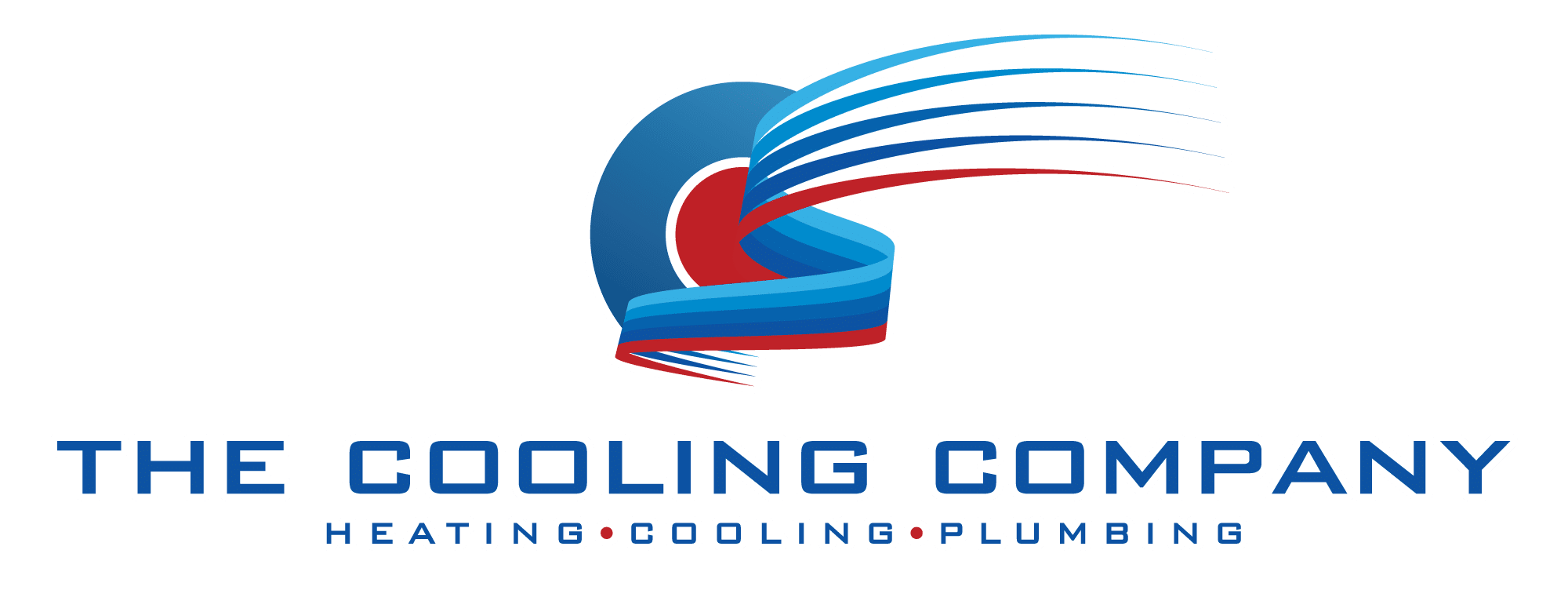Indoor agriculture is rapidly evolving, with growers increasingly relying on sophisticated HVAC systems to create optimal environments for plant growth. Among the critical considerations for anyone setting up or upgrading a grow room is understanding the cost of HVAC systems per square foot. This guide delves into the factors influencing these costs, the role of energy consumption, and how investing wisely in HVAC can enhance both yields and energy efficiency.
Why HVAC Systems Are Crucial in Indoor Grow Rooms
Maintaining precise environmental conditions is paramount in indoor agriculture. Temperature, humidity, and air quality directly impact plant health, growth rates, and overall yield. HVAC (Heating, Ventilation, and Air Conditioning) systems are the backbone of this environmental control, ensuring that conditions remain stable and conducive to plant development.
In grow rooms, HVAC systems do more than just regulate temperature; they also manage humidity levels, air circulation, and sometimes even CO2 enrichment. Without an effective HVAC setup, plants can suffer from stress, disease, or inconsistent growth patterns, ultimately affecting profitability. For instance, excessive humidity can lead to mold and mildew, while inadequate CO2 levels can stunt growth and reduce photosynthesis efficiency. Therefore, a well-designed HVAC system is not just an accessory; it is a critical component of successful indoor farming.
The Complexity of Grow Room HVAC Needs
Unlike traditional commercial or residential HVAC systems, those designed for indoor agriculture must meet stringent requirements. They need to handle high humidity loads, remove excess heat generated by grow lights, and maintain clean, filtered air to prevent pests and pathogens. This complexity contributes to higher costs but is essential for maximizing crop quality and consistency. Furthermore, the integration of advanced technologies such as smart sensors and automated controls allows growers to monitor and adjust conditions in real-time, ensuring that plants receive the optimal environment for growth. This level of precision can lead to improved energy efficiency and reduced operational costs over time.
Moreover, the choice of HVAC system can also influence the types of crops that can be successfully cultivated indoors. For example, certain plants thrive in warmer, more humid conditions, while others may require cooler, drier air. Growers must consider these factors when designing their HVAC systems, often opting for specialized equipment such as dehumidifiers, heat exchangers, and air purifiers to tailor the environment to specific crop needs. As the indoor agriculture industry continues to evolve, the role of HVAC systems will only become more critical, driving innovations that enhance both sustainability and productivity in this burgeoning field.
Breaking Down HVAC Costs Per Square Foot
One of the most common questions from growers is: “How much should I expect to spend on HVAC per square foot?” The answer depends on several factors, including the size of the facility, system complexity, and specific environmental control needs.
Typical Cost Ranges
Specialized HVAC systems for indoor agriculture generally range between $215 and $350 per square foot. This investment typically accounts for about 30-40% of the total facility construction costs. Such a significant portion underscores the importance of budgeting carefully for HVAC when planning a grow room.
These costs cover not only the equipment itself but also installation, ductwork, controls, and integration with other environmental systems like lighting and dehumidification. Additionally, the choice of materials and the technology used in the HVAC system can greatly influence the overall price. For instance, opting for high-efficiency filters and advanced thermostats may incur higher initial costs but can lead to substantial energy savings over time, making them a wise investment in the long run.
Factors Influencing Cost Variation
Several variables can affect the final HVAC cost per square foot:
Facility Size: Larger grow rooms may benefit from economies of scale, potentially lowering per-square-foot costs.
System Customization: Customized air handlers and adaptive controls increase upfront costs but can lead to better environment stability and energy savings.
Environmental Control Requirements: Facilities requiring precise humidity and temperature control, such as cannabis cultivation, may need more advanced and costly systems.
Energy Efficiency Features: Incorporating IoT-based controls or adaptive dehumidifiers can raise initial costs but improve long-term savings.
Moreover, the geographical location of the facility can also play a pivotal role in HVAC costs. Regions with extreme temperatures may necessitate more robust systems to maintain optimal growing conditions, thereby increasing costs. Local regulations and incentives for energy-efficient systems can also impact the overall budget, as some areas offer rebates or tax credits for implementing sustainable technologies. Understanding these regional factors can help growers make more informed decisions when planning their HVAC investments.
Lastly, it’s essential to consider the long-term operational costs associated with HVAC systems. Regular maintenance, potential upgrades, and energy consumption should all be factored into the overall financial picture. Investing in a high-quality HVAC system may lead to lower maintenance costs and reduced energy bills, ultimately enhancing the return on investment for growers. By carefully analyzing both initial and ongoing costs, growers can ensure they choose an HVAC solution that meets their needs without compromising their budget.
Energy Consumption: The Hidden Cost of Grow Room HVAC
While upfront costs are significant, ongoing energy consumption is another critical factor to consider. HVAC systems in indoor grow rooms are energy-intensive, often representing a major portion of operational expenses.
Energy Use Breakdown
In cannabis cultivation facilities, for example, lighting and HVAC combined account for nearly 90% of total energy consumption. Specifically, HVAC systems alone can constitute approximately 50% of the energy used in indoor farms. This high energy demand is due to the need for continuous temperature regulation, humidity control, and air exchange.
To put this into perspective, indoor growing facilities typically consume about ten times more energy per square foot than standard office spaces. This stark difference highlights the importance of designing energy-efficient HVAC systems to keep operational costs manageable. Moreover, the energy consumption is not uniform throughout the year; it can vary significantly depending on the season, with summer months often requiring more cooling and winter months demanding heating, further complicating energy management strategies.
Impact on Operational Budgets
Given the substantial energy consumption, HVAC-related electricity costs can quickly add up, affecting the profitability of indoor agriculture operations. Therefore, investing in energy-efficient HVAC technologies is not just environmentally responsible but also economically beneficial. Additionally, many growers are now exploring renewable energy options, such as solar panels, to offset some of these costs. By integrating renewable energy sources, cultivators can not only reduce their dependence on the grid but also enhance their sustainability profile, which is increasingly important to consumers and investors alike.
Furthermore, the implementation of smart technology in HVAC systems can optimize energy use by adjusting settings based on real-time data. For instance, sensors can monitor temperature and humidity levels to ensure that the system operates only when necessary, thus minimizing waste. This level of automation not only contributes to lower energy bills but also allows growers to focus on other critical aspects of cultivation, such as plant health and yield optimization. As the industry continues to evolve, the integration of advanced technologies will likely play a pivotal role in shaping the future of energy consumption in indoor agriculture.
Maximizing Energy Efficiency in Grow Room HVAC Systems
Advancements in HVAC technology offer growers opportunities to reduce energy consumption without compromising environmental control. Energy-efficient systems can lower utility bills and improve the sustainability of indoor farming operations.
Adaptive Dehumidifiers with IoT Controls
Dehumidifiers play a vital role in maintaining optimal humidity levels, which is crucial for preventing mold and mildew. In 2023, dehumidifiers held the largest market share in indoor agriculture HVAC systems at 28%, driven by the need for precise humidity control.
Facilities that use adaptive dehumidifiers equipped with IoT-based controls have reported 15-20% higher energy efficiency compared to traditional fixed-speed models. These smart systems adjust their operation based on real-time environmental data, reducing unnecessary energy use while maintaining ideal humidity.
Customized Air Handlers
Although customized air handlers come with higher capital costs, they offer a more stable growing environment and better product consistency. By optimizing air distribution and temperature control, these systems can reduce energy consumption over time and enhance plant yields.
Growers looking to balance upfront investment with long-term savings often find that customized HVAC components pay off through improved energy efficiency and crop quality.
Planning Your Grow Room HVAC Budget
Understanding the cost per square foot and energy implications of HVAC systems is essential for effective budgeting. Here are some practical tips for growers:
Assess Your Environmental Needs
Start by defining the specific climate requirements for your crops. Different plants have varying temperature and humidity tolerances, which will influence the complexity and cost of your HVAC system.
Consider Energy Efficiency as an Investment
While energy-efficient equipment may have higher upfront costs, the savings on electricity bills and the potential for more consistent yields can justify the investment. Look for systems with adaptive controls and smart technology to optimize performance.
Factor in Maintenance and Upgrades
Ongoing maintenance is crucial to keep HVAC systems running efficiently. Budget for regular servicing and potential upgrades to IoT controls or more efficient components as technology evolves.
Work with Experienced HVAC Professionals
Partnering with contractors who specialize in indoor agriculture HVAC systems ensures that your setup meets both your environmental and budgetary goals. Their expertise can help you avoid costly mistakes and select the right equipment for your facility size and crop type.
Balancing Cost, Efficiency, and Performance
Investing in HVAC systems for indoor grow rooms is a significant but necessary expense. With costs typically ranging from $215 to $350 per square foot and representing up to 40% of total construction costs, careful planning is essential. Equally important is managing the ongoing energy consumption, which can be substantial given that HVAC accounts for about half of total energy use in indoor farms.
By prioritizing energy-efficient technologies such as adaptive dehumidifiers with IoT controls and customized air handlers, growers can reduce operational costs and create more stable growing environments. This balance of upfront investment and long-term efficiency is key to maximizing both profitability and sustainability in indoor agriculture.
Ready to Optimize Your Grow Room HVAC?
At The Cooling Company, we understand the intricacies of HVAC systems in indoor agriculture. Our certified technicians are ready to provide you with the efficient, reliable solutions you need to keep your grow room thriving. Whether it’s routine maintenance, emergency repairs, or a full installation, we ensure your environment is perfectly conditioned for optimal plant growth. Don’t let HVAC challenges affect your yield and profitability. Schedule a Service with us today and take the first step towards a more sustainable and efficient grow room.



